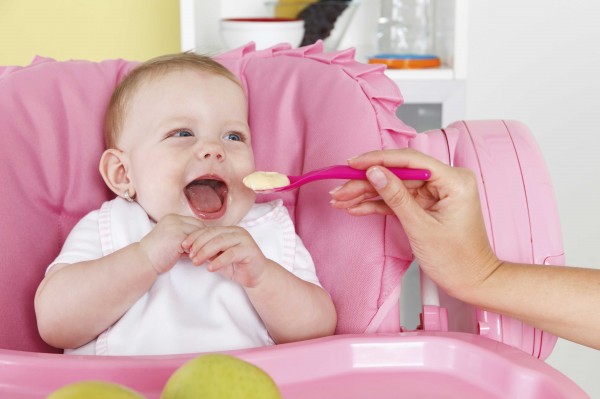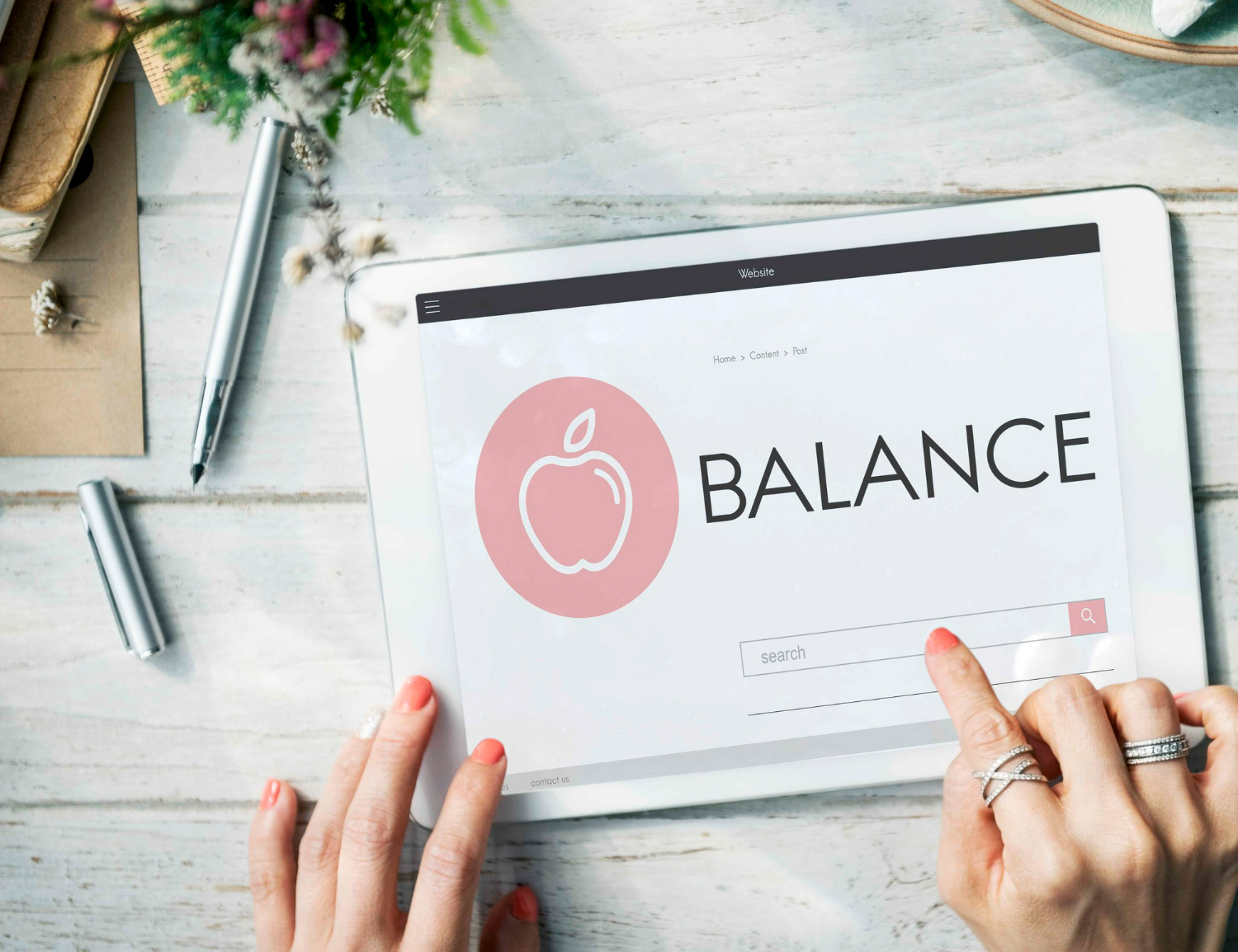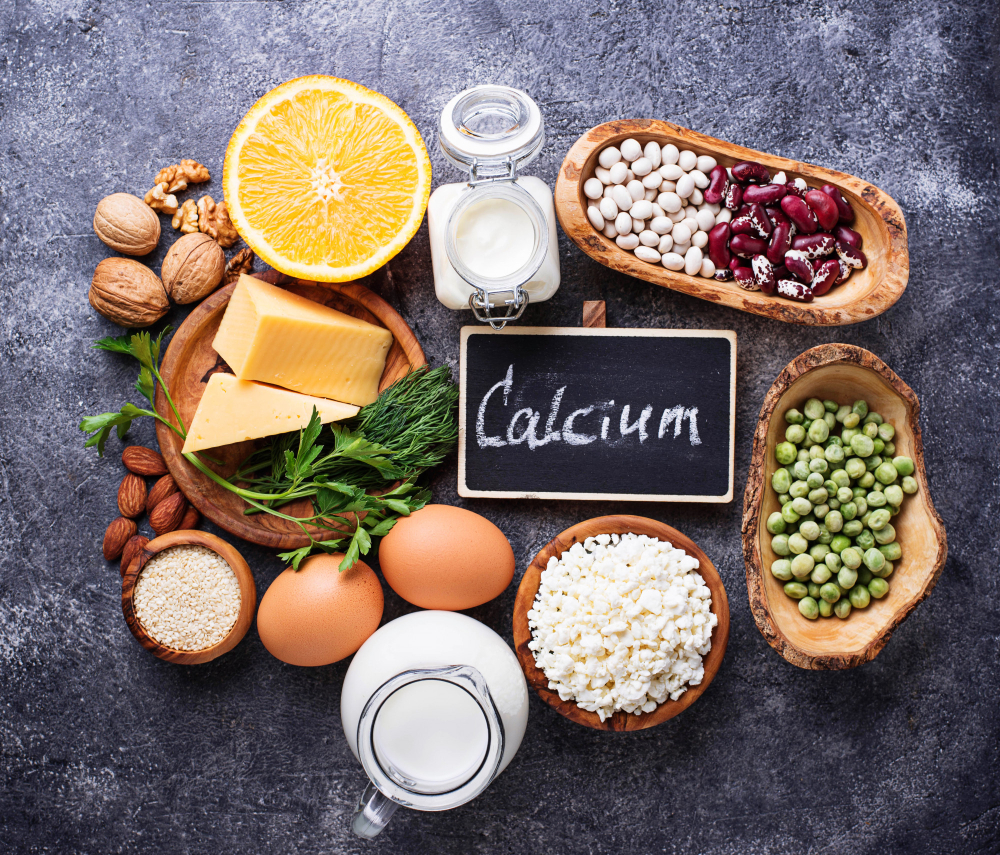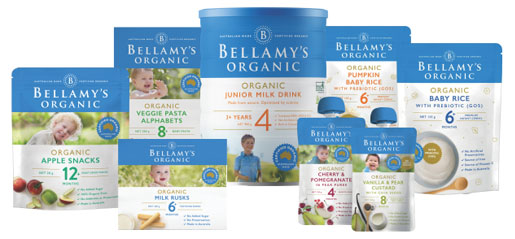How to Transition Your Baby to Solids

During the first four to six months of your baby’s life, their body will be relying on iron deposits gained during the time inside your womb, which have in turn been supplemented by your breast milk or breast milk substitute. However, as your baby continues to develop they can no longer solely rely on just the milk and deposits,in addition, they now require solid foods to help support their growth.
Knowing when your infant is ready to start trying solids can be tricky, as it’s different for every child. Certain enzymes found in your baby’s mouths and pancreas aren’t fully developed until they are about 6 months old, making it very difficult for them to digest food. This is one of the reasons why breastfeeding is recommended by the World Health Organisation for their first six months. The World Health Organisation promotes the exclusive breastfeeding of infants until 6 months of age, and then continued breastfeeding alongside suitable foods up to 2+ years of age.
At this point, there are a few signs that should indicate whether or not your infant is ready to start on soft solids, such as:
- If your baby is able to sit without support, and has good control over their head and neck.
- If they show interest in the food on someone else’s plate.
- They may start to become unsettled after being breastfed or bottle fed.
- They may now be pushing thick liquids to the back of their mouths and/or starting to use a ‘munching’ motion.
Other signs may include opening their mouths when food approaches or if they start putting more items in their mouths, although the latter could be a sign of teething as well. If your baby is showing some or all of these signs, and is old enough, it’smost certainly time to start transitioning them to solids.
What food should I start with?
Your baby’s first meal should be soft and easy to feed to them. Single grain cereals are the best place to start due to their low-allergenic nature and easy to manage texture. Iron-fortified cereals are recommended by the Australian Dietary Guidelines to ensure that young infants receive enough iron to help their development.
Many parents and health professionals also recommend trying to feed your child vegetable purees first, so as to get them used to the taste and encourage a life-long habit of eating these nutritious foods. Following on from vegetables, fruit purees are suggested, and then finally meats that have been both pureed and sieved are recommended.
The texture of food is always going to be an interesting experience for any child who is tasting and feeling it for the first time. It’s recommended to start with a very soft puree before transitioning over time to a paste or mash, before then finally trying small, soft pieces of food.
Organic, pureed baby foods made from vegetables and fruits are a great way to introduce your baby to solid foods.
What food types aren’t suitable?
Just like there are some foods that are suitable for your infant’s first meal, there are also foods to avoid. For instance, for babies under the age of 1 year, drinking unpasteurised cow’s milk is not recommended due to the high presence of infections in unpasteurised milk, making it dangerous to consume for the young, the elderly, and the infirm. Additionally, reduced-fat milk is not recommended for children under 2 years of age as they require the fat in the milk for growth and energy.
If your child has a cow milk allergy, it is recommended that along with using full-fat, calcium-fortified soy milk/other plant-based drinks (almond, rice or oat milk) you also ensure your child eats plenty of protein-high foods including meat, chicken, fish, eggs and legumes.
Honey should also be avoided before 1 year of age, as it can harbour spores of Clostridium Botulinum, which can lead to botulism.
You should also be aware of foods that pose considerable choking hazards. Seeds and nuts, while small, can still get lodged in your child’s windpipe and cause discomfort and infection. Large pieces of food should be avoided, and instead be cut into small, pea size servings, when baby is old enough to move up from purees.
A good transition stage from purees to solids is to focus on softer foods, such as cooked fruits and vegetables, tender pieces of meat, and items like scrambled eggs.
Finally, avoid thicker pastes like peanut butter, as children can often find it hard to swallow safely.
Tips to help your baby try new food
Getting your baby to try new food can be tough, especially after recently trying something he or she did not like. Here are a few tips to help get your baby back into trying new foods:
- Use distractions – One idea is to use distractions as you need them. If you’re trying to sneak in a new food or continue feeding them food that they don’t like, have a toy nearby and keep distracting them while feeding. They should focus on the toy while continuing to eat safely.
- Offer once a day –When first trying to get your baby to eat solids, you could try, once a day introductions after breast or bottle feeding. If they do not want to accept the food, then put it away and try the next day. By only offering once a day you may be able to help keep your child calm and happy and create routine.
- Keep trying – Of course nothing is going to help more than persistence. Keep trying and working on it, and hopefully you’ll have a happy baby enjoying the tastes of solids and benefiting from the increased nutrients.
Featured post
-
05 Diet Plans That Are Good For Your Health
31/07/2022
-
Best Times to Sleep for Adults & Children
01/06/2022








